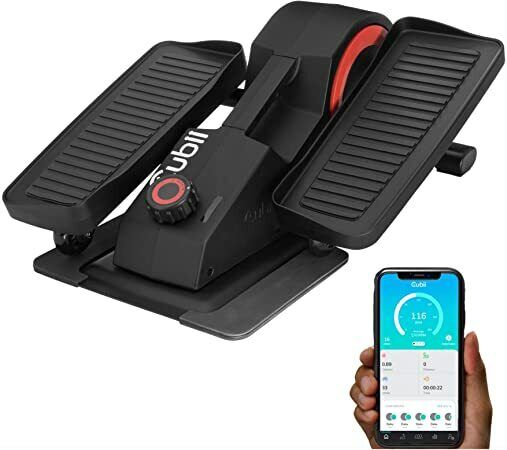I lost some time figuring out how to associate “.stl” extensions with Slic3r.
Gnome wrote a
good documentation
but it is not obvious to find. I did not use the package manager for that because
I wanted the up to date AppImage.
I am currently working with BLE beacons -only iBeacons for now- with Espressif’s
esp-idf libraries. The aim is to use the ESP32 as a gateway to published
detected beacons to an MQTT broker. It was surprisingly easy and I will write
something about that when the
code will be more polished.
Anyway, by curiosity and to speed up development, I wanted to try
microPython port to ESP32, and I did. Unfortunately, BLE support is not yet
reliable enough and a lot of advertisements were lost with 4 to 6 beacons. This
post is to keep track of my work and, hopefully, use in the future when
microPython port will be more reliable :-)
I recently wanted to setup a repository for some custom OpenWrt packages for
Respeaker. It seems that it is not so well documented, or at least, I did not
found it and I have been helped on
OpenWrt forum. Also, it is
better to sign packages so…here we go!
Step by step guide to do a custom USB HID device on STM32 using ST CubeMX. There
is already
one page
addressing it but without any details for beginners.
I will use my custom board based on STM32L0,
but any Nucleo can be used by wiring a USB cable to 5V, GND, USB_D+, USB_D-.

